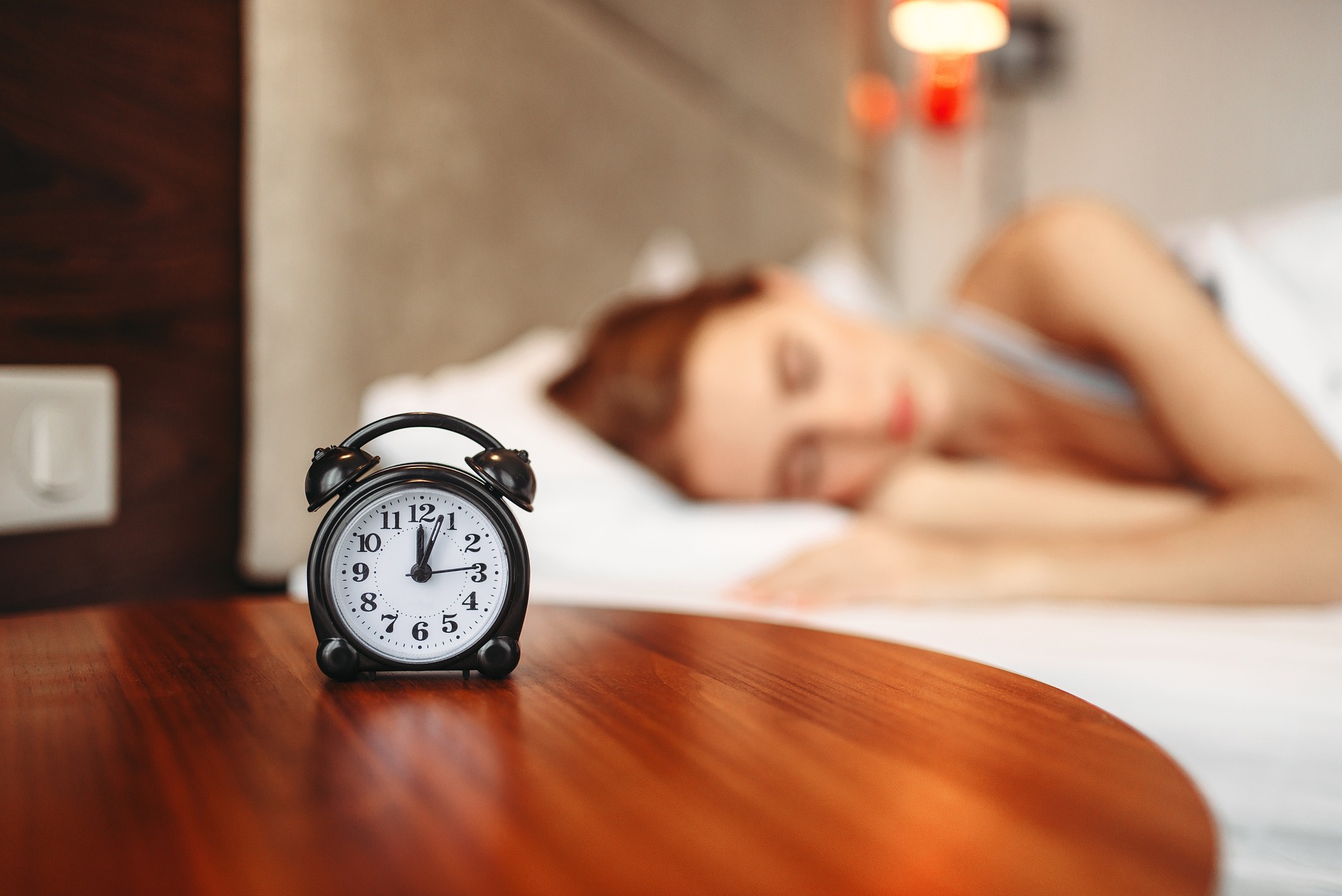The clock is still turned twice a year. On the last Sunday in March, the day starts one hour earlier in this country; for many, it is a horror. That’s why you should start preparing for it now. But how?
Daylight saving time this year means that tonight (from night to Sunday) will be moved from two to three o’clock. The hour of sleep that many will noticeably miss over the next few days upsets the body’s so-called circadian rhythm. Sleep researchers sometimes also speak of mini-jet lag. This can lead to tiredness, fatigue, problems concentrating and falling asleep, and, in the worst case, even heart attacks.
In addition, as various scientific studies have proven, there is also a higher number of traffic accidents and sick leave. The reason for the numerous negative effects in the days following the time change in spring is the social lack of sleep.
Sleep deficit is widespread.
We lose an hour when we switch to daylight saving time. This throws our biological rhythms out of sync, and since we can initially sleep at the old time in the evening but suddenly have to get up a whole hour earlier, most people are unslept after the changeover until the body has at least partially adapted to the new time.
Schoolchildren, adolescents in their teens and people who start work very early are particularly affected by the many negative effects. According to survey results, women react more and more intensively than men after the changeover to daylight saving time. But what can be done to make the “stolen” hour less harsh?
Shift bedtimes and wake-up times
The good news is that this country still has time before daylight saving time starts. So there’s still a lot you can do between now and then. First, you should gradually shift your or your family’s daily routine forward. This means getting up a few minutes earlier and waking the children, having breakfast a few minutes earlier and going to bed a few minutes earlier. Also, people who must take medicines at a certain time can prepare for the forthcoming time change.
It also makes sense to take a closer look at the subject of light from different perspectives. The point is to get as much natural daylight as possible in the early morning. When this hits the light cells in the eyes, activating hormones are released on the one hand, and the formation of melatonin, also known as the sleep hormone, is stopped on the other. According to CNN, the optimal time is 20 to 30 minutes, explains Dr. Phyllis Zed, a sleep researcher at Northwestern University in Chicago. Although natural daylight works best, school offices and classrooms should also be brightly lit in the morning. For some, the light from so-called daylight lamps also helps them wake up better.
There is no monitor light in the bedroom
At the same time, checking how much light hits the eyes via televisions, smartphones, laptops and other electronic devices before sleeping is important. This is because this light can prevent melatonin from forming in the evening, making it difficult or even impossible to fall asleep. Therefore, sleep researchers have a consensus to ban these devices completely from bedrooms. Likewise, bright light should be avoided in the evening for at least three hours before sleep. The bedroom as a whole should be completely darkened because even dimmed light can still penetrate through closed eyelids.
If all this is too much work for you, you can postpone the preventive measures up to three days before the time change. Then, however, one must proceed more rigorously with the shifts in the daily routine. The times for getting up, eating and going to bed should then be shifted forward by about 15 minutes each day.
This post has already been read 2090 times!



